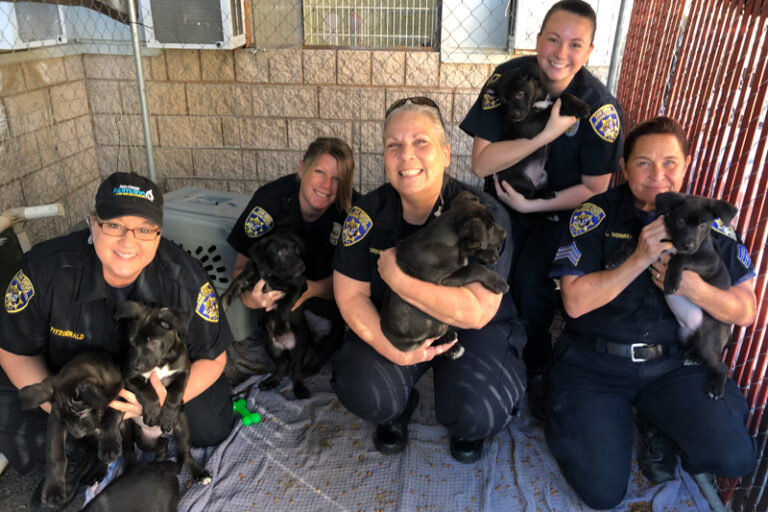Over the last year, animal shelters built new foster programs and grew their existing programs in a very short period of time.
This growth raises a practical question: How do we provide the same level of medical care when animals are not on campus and may be miles away? These animals still require vaccines, illness and injury care, spay/neuter services, and much more prior to adoption.
From a resource point of view, caring for animals in the shelter is more efficient; there are no foster caregivers to explain things to, expectations of both fosters and staff isn’t an issue, treatment compliance is not a concern, scheduling and appointments isn’t necessary, etc.
These challenges are far outweighed by the benefits. Homeless pets do better in foster homes than in a shelter environment. See, for example, studies like this from Maddie’s® Fund showing that foster based housing is best for dogs. Cats benefit, too, as the ASPCA wrote in this article.
So how do we ensure foster pets are getting the needed level of care? With foster-centric medical clinics.
A foster-centric medical clinic dedicates staff, time, space, resources, and promotes animals being placed with foster caregivers, including medical cases who have traditionally been treated in-shelter.
As a result, foster-centric medical clinics see improved efficiency and time management, reduction in staff stress, healthier patients who recover quicker, increase in foster satisfaction, and a more holistic understanding of the entire organization.
Where and How Do We Start?
The HASS Transforming Shelter Clinic to Foster Clinic workgroup has devoted countless expert hours tackling this very problem and has come up with some solutions and tools for shelters making this transition.
It became apparent early on in the workgroup meetings that two fundamental factors should be considered in detail when creating a foster-centric clinic: excellent communication and the practice of virtual care.
Keep an eye out for these resources coming soon: The Communication Guide and our Virtual Care Guide walk shelter clinics through creating and implementing these two priorities, and provide starting points for both.
Another helpful document—a checklist of components necessary to serve people and pets in foster well—very plainly lists ingredients every shelter should consider when they are creating a foster-centric medical clinic.
We know this process can appear daunting but we are here to help! If you are interested in becoming a foster-centric medical clinic or would like more information contact Human Animal Support Services.








